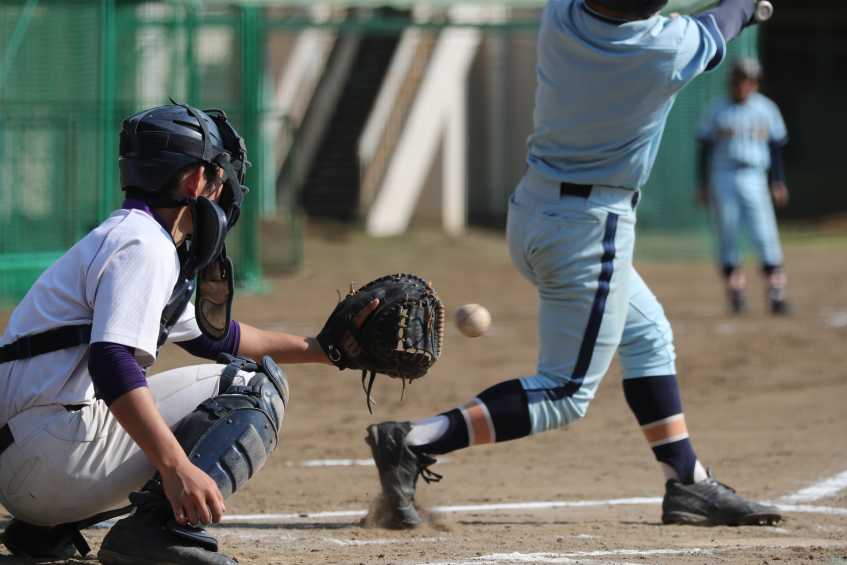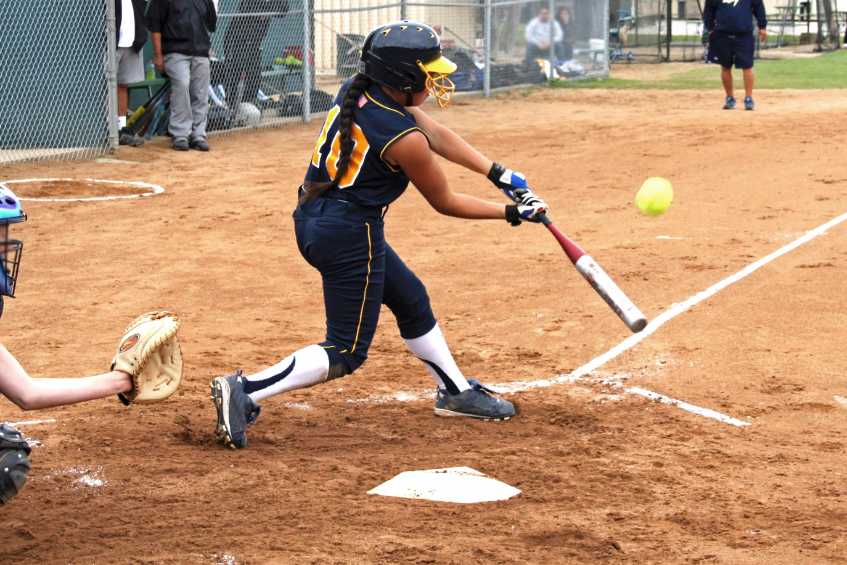
In baseball, the dropped third strike rule, also known as the drop third strike rule or simply the third strike rule, is a rule that allows a batter to attempt to reach first base on a third strike that is not caught by the catcher. The rule has been in existence since the early days of baseball, but it has undergone a number of changes over the years.
The dropped 3rd strike rule has been a part of baseball since the late 19th century. In the early days of the game, a batter was out on a third strike regardless of whether the catcher caught the ball or not. However, as the game evolved, the rule was changed to allow a batter to attempt to reach first base on a third strike that was not caught by the catcher.
The original dropped third strike rule allowed a batter to attempt to reach first base on a third strike that was not caught by the catcher only if first base was unoccupied. This meant that if there were runners on base, the batter could not attempt to reach first base on a dropped third strike.
In 1901, the rule was changed to allow a batter to attempt to reach first base on a dropped third strike regardless of whether first base was occupied or not. This was a significant change, as it meant that a batter could potentially reach base with the bases loaded if the catcher failed to catch the third strike.
One of the most famous instances of the dropped third strike rule occurred during Game 5 of the 2017 American League Championship Series between the New York Yankees and the Houston Astros. In the bottom of the eighth inning with the bases loaded, Yankees catcher Gary Sanchez swung and missed at a pitch from Astros pitcher Ken Giles, but the ball got away from Astros catcher Brian McCann, allowing Sanchez to reach first base and score the go-ahead run.
Another notable instance of the dropped third strike rule occurred during a game between the Pittsburgh Pirates and the Arizona Diamondbacks in 2014. With the bases loaded and two outs in the bottom of the ninth inning, Pirates catcher Russell Martin swung and missed at a pitch from Diamondbacks pitcher Addison Reed, but the ball got away from Diamondbacks catcher Miguel Montero, allowing Martin to reach first base and score the game-winning run.
In addition to allowing a batter to attempt to reach first base on a third strike that is not caught by the catcher, the dropped third strike rule also allows runners on base to attempt to advance on a dropped third strike. This means that if a runner is on first base and the batter swings and misses at a pitch that is not caught by the catcher, the runner can attempt to advance to second base.
The dropped third strike rule is also used in softball, although there are some differences between the baseball and softball versions of the rule. The drop third strike softball rule, a batter is out on a third strike if the ball is caught by the catcher on the fly, but if the ball hits the ground before the catcher can catch it, the batter can attempt to reach first base.
One question that often arises with respect to the dropped third strike rule is why can you run on a dropped third strike, but not on a regular strikeout. The reason for this is that a dropped third strike with 2 outs is not considered a strikeout until the catcher either tags the batter or throws to first base to record the out. This means that until the out is recorded, the ball is still live and runners can attempt to advance.

When a batter reaches first base on a dropped third strike, it is scored as a strikeout for the pitcher, but it is not scored as a putout for the catcher. Instead, it is scored as a fielder's choice, with the batter being credited with reaching base and the catcher being charged with an error for failing to catch the ball.
If the batter attempts to advance to second base on a dropped third strike and is thrown out, the play is scored as a strikeout and a fielder's choice, with the runner being charged with a caught stealing. If the batter reaches first base and then attempts to advance to second base on a subsequent play, it is scored as a stolen base.
Learn more about What is a Fielder's Choice.
In Major League Baseball, the dropped third strike rule is used in all levels of play, from the amateur to the professional ranks. However, there have been some calls to eliminate the rule, as some argue that it gives an unfair advantage to batters and can lead to unpredictable and sometimes chaotic plays.
Despite these criticisms, the dropped third strike rule remains an important and integral part of the game of baseball, and it is likely to remain so for many years to come. Whether you love it or hate it, there is no denying that the dropped third strike rule has provided some of the most exciting and memorable moments in the history of the sport. So the next time you see a batter swing and miss at a pitch, keep an eye on the catcher and be prepared for anything, because you never know when the dropped third strike rule might come into play.
Chris Sloan is a former baseball league commissioner and travel baseball coach who has made significant contributions to the sport. In 2018, he founded selectbaseballteams.com, a website that helps parents find youth and travel baseball teams in their local areas. Since its launch, the website has experienced impressive growth, offering a wealth of resources including teams, news, tournaments, and organizations. Chris's unwavering passion for baseball and his innovative approach to connecting parents with quality baseball programs have earned him a respected reputation in the baseball community, solidifying his legacy as a leading figure in the world of youth and travel baseball.
There are 0 comments on "The Dropped Third Strike Rule: A Historical Perspective"
david graham says:
"With no current MLB team in Canada,..."
On With no current MLB team in
Charles Chavez says:
"To All Coaches: Do you have13U or..."
On Looking for Games
Charles Chavez says:
"To All Coaches: Do you have13U or..."
On Looking for Games